- Buy Wines Online
- Shop by Wine Type
- Shop by Country
- Shop by Winery
- Argentina
- Australia
- Austria
- Chile
- France
- Andre Brunel
- Beau Mayne
- Champagne Boizel
- Champagne Chapuy
- Champagne Tarlant
- Chateau Belgrave
- Chateau de Berne
- Château Grand Barrail Lamarzelle Figeac
- Chateau la Garde
- Chateau la Rose Bellevue
- Chateau la Tour de by
- Chateau Lagrezette
- Chateau le Boscq
- Chateau Pey la Tour
- Chateau Puech-Haut
- Domaine Alain Cailbourdin
- Domaine Alain Gras
- Domaine Alexandre Parigot
- Domaine Alphonse Mellot
- Domaine Breton
- Domaine Chermette
- Domaine d'Ardhuy
- Domaine de Cebene
- Domaine de la Bongran
- Domaine de la Cornasse
- Domaine Maratray Dubreuil
- Domaine Michel Caillot
- Dourthe
- Elian da Ros
- Jean-Baptiste Jessiaume
- La Ferme du Mont
- La Manufacture
- Marc Kreydenweiss (Alsace)
- Marc Kreydenweiss (Rhone Valley)
- Patrick Clerget
- Yves Cuilleron
- Germany
- Israel
- Italy
- Morocco
- New Zealand
- Peru
- Portugal
- Russia
- Spain
- Syria
- Turkey
- UK
- USA




